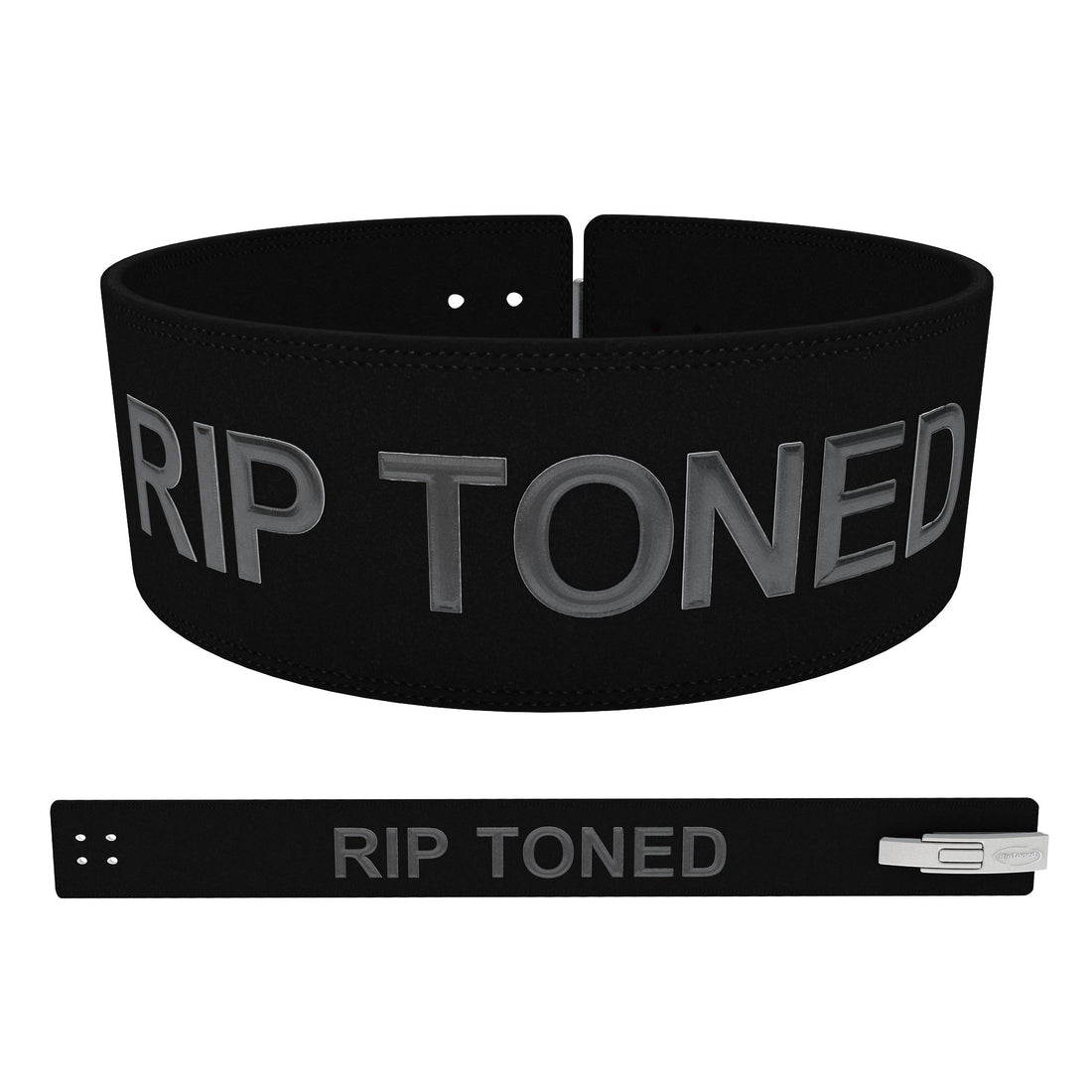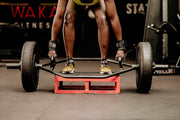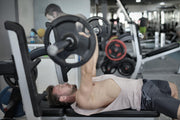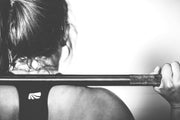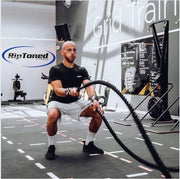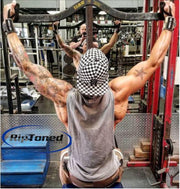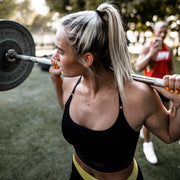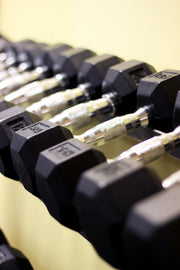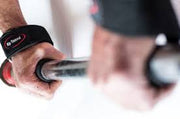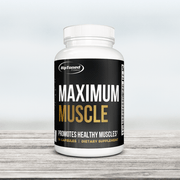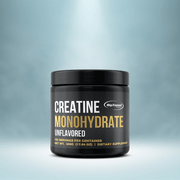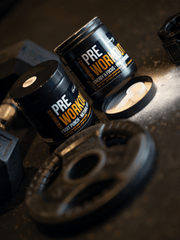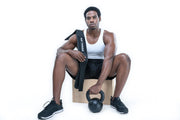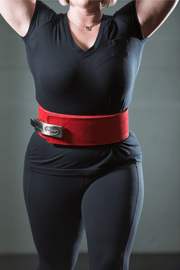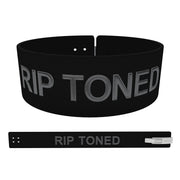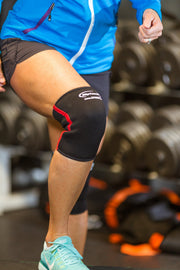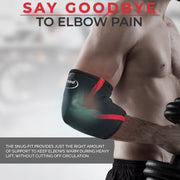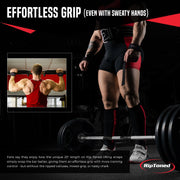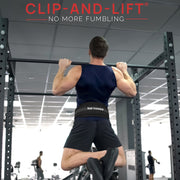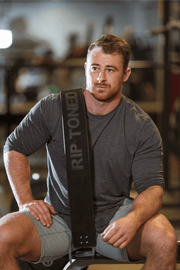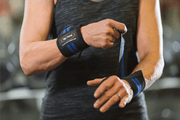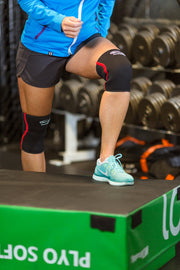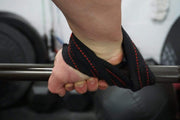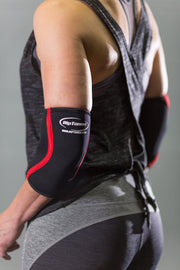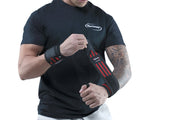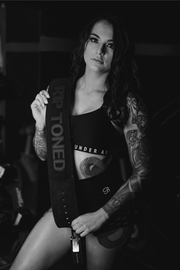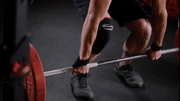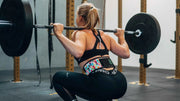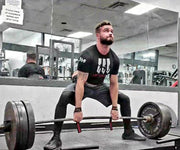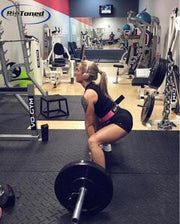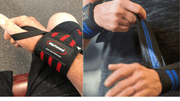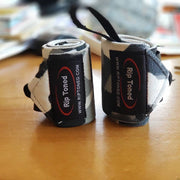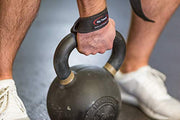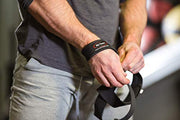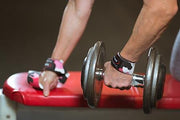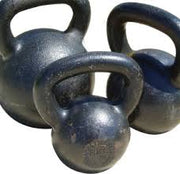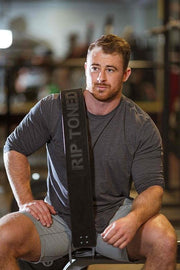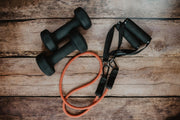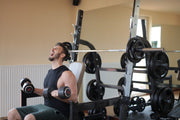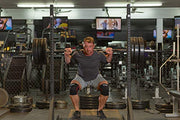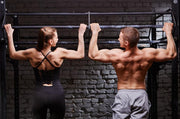Choosing the right size for your lever lifting belt is essential to ensure maximum safety, comfort, and support during weightlifting. The incorrect sizing can lead to improper form and less efficient workouts, ultimately hindering your progress.
This guide will discuss the importance of choosing the right lever lifting belt size and provide tips to help you find the perfect fit for your body type and workout routine. We will also cover common mistakes to avoid when selecting a lever lifting belt size and how to determine if your current belt is too small or too big.
Why Size Matters
The size of your lever lifting belt plays a crucial role in providing the necessary support and stability during weightlifting. A too small belt will not fully cover your core muscles, leading to reduced support and potential injuries. On the other hand, a belt that is too big will not provide enough pressure on your abdominal muscles, making it challenging to maintain proper form.
Moreover, an ill-fitting belt can also restrict your range of motion and hinder your performance. This is particularly important for powerlifters who need to maintain a specific body position throughout their lifts.
Choosing the right size for your lever lifting belt will enhance safety and improve your overall lifting experience. With proper support and stability, you can lift heavier weights with proper form and achieve better results. Therefore, it is crucial to take the time and effort to find the right size for your body.
Also, keep in mind that the size of your lever lifting belt can change over time due to weight fluctuations and muscle growth. It is important to regularly reevaluate your belt's size to ensure it continues to provide optimal support and comfort.
Factors to Consider When Choosing a Size
When choosing a size for your lever lifting belt, there are several factors to consider.
Here are the three main factors that can help you determine the right size for your body type and workout routine:
Waist Measurement
Measuring your waist is the most crucial step in determining your lever-lifting belt size. To accurately measure your waist, use a tape measure and wrap it around your navel area while standing up straight. Make sure to keep the tape snug but not too tight.
Once you have your measurements, refer to the manufacturer's size chart to find the best fit for your waist measurement. Keep in mind that lever lifting belts come in different sizes, so make sure to check the size chart for each specific brand.
Torso Length
The length of your torso also plays a role in determining the right size for your lever-lifting belt. A longer torso may require a larger belt size to provide adequate support and coverage. On the other hand, a shorter torso may need a smaller belt size to avoid discomfort or restriction.
To measure your torso length, stand upright and measure from the bottom of your rib cage to the top of your hip bone. This measurement will help determine if you need a regular or long-sized lever lifting belt.
Body Type
Your body type can also impact the size of your lever-lifting belt. For example, individuals with a larger body frame may require a wider belt for proper coverage and support. On the other hand, those with smaller frames may feel more comfortable with a slim or tapered belt.
It is essential to consider your body type when choosing a lever lifting belt size to ensure optimal comfort and effectiveness during workouts. Some manufacturers also offer different widths in their belts, so it is helpful to try on different options and see what works best for your body type.
Also, keep in mind that a properly fitted lever lifting belt should feel snug but not too tight. It should also allow you to comfortably engage your core muscles without restriction.
Average Sizes for Men and Women
On average, men and women have different body types, which can affect their lever-lifting belt size. In general, men tend to have larger waists and longer torsos compared to women.
For men, the average waist measurement ranges from 32-36 inches, while the average torso length is around 23-26 inches. As for women, the average waist measurement ranges from 28-32 inches, and the average torso length is around 21-23 inches.
However, these are just general guidelines, and it is essential to measure your specific body size to find the perfect fit for you.
Also, keep in mind that some manufacturers offer adjustable lever lifting belts with multiple holes for the lever. This can be a great option if you are between sizes or anticipate any fluctuations in your waist size.
Things to Avoid When Choosing a Size
When selecting a size for your lever lifting belt, there are a few common mistakes to avoid.
Firstly, do not rely on your pants or shirt size as an indicator of your belt size. These sizes are not accurate measurements of your waist and may lead to an ill-fitting belt.
Additionally, do not choose a size based on how tight or loose the belt feels when trying it on. A lever lifting belt should fit snugly but not too tight, with enough room to engage your core muscles freely.
Lastly, do not be afraid to try on multiple sizes and brands before making a decision. Everybody is different, and what works for someone else may not work for you. Take the time to find the right size and brand that fits your body and lifting needs.
Also, keep in mind that a properly fitted lever lifting belt should not cause any pain or discomfort. If you experience discomfort while wearing your belt, it may be a sign that it is too tight and requires a larger size. Always prioritize comfort and safety when choosing the right size for your lever lifting belt.
Does Size Matter?
The size of a lever-lifting belt matters! Choosing the right size can make all the difference in your lifting experience.
A properly fitted lever lifting belt can provide the support and stability needed to lift heavier weights with proper form. It can also help prevent injuries and discomfort during workouts. On the other hand, an ill-fitting right belt can hinder your performance and potentially lead to injuries due to lack of support.
Therefore, it is important to take the time and effort to find the right size for your body. Measure your waist, consider your torso length and body type, and try on multiple sizes and brands before making a decision. Regularly reevaluate your sizing as your body changes, and always prioritize comfort and safety when choosing a lever lifting belt.
And remember, the right size for your lever lifting belt is not just about numbers - it's about finding the perfect fit that allows you to lift confidently and comfortably.
Tips for Finding the Right Size
Here are some additional tips to keep in mind when determining the right size for your lever-lifting belt:
- Consider your preferred type of lifting - if you prefer powerlifting, a wider and thicker belt may be more suitable compared to a slim or tapered one.
- Take into account any potential changes in waist size, such as weight gain or loss, before making a final decision on size.
- Don't be afraid to ask for help - if you are unsure about your measurements or need assistance finding the right size, consult a professional trainer or experienced lifter for advice.
- Check the manufacturer's return policy - in case the size you choose ends up not being the best fit, it's helpful to know if you can exchange or return the belt.
- Take care of your lever lifting belt - proper maintenance and storage of your belt can help prolong its lifespan and ensure a better fit for longer.
Remember, finding the right size for your lever lifting belt may require trial and error, but it is worth the effort for a safer and more effective lifting experience. Don't underestimate the importance of a well-fitted belt, and prioritize your comfort and safety when choosing the perfect size.
Why Size Matters for a Lever Lifting Belt
The size of your lever lifting belt is crucial for optimal performance and safety during weightlifting. Your body type, preferred lifting style, and potential changes in waist measurements are all factors to consider when choosing the right size.
Ignore pants or shirt sizes and avoid basing your decision on how tight or loose the belt feels. Instead, measure your waist and torso length accurately and try on multiple sizes and brands to find the best fit.
Remember, a properly fitted lever lifting belt should feel snug but not too tight, allowing you to engage your core muscles comfortably. Don't be afraid to ask for help or consult with professionals, and always prioritize comfort and safety when making a decision.
Also, regularly evaluate your sizing as your body changes over time, and take care of your lever lifting belt for a longer lifespan. The right size can make all the difference in your lifting experience - allowing you to lift confidently and safely.
FAQs
How do I choose the right size when purchasing a lever weightlifting belt?
When choosing a weightlifting lever belt, it's crucial to measure around your waist where the belt will sit, typically around the navel. Don't rely on your pant size, as this can lead to a misfit. The belt should be snug but not too tight; you should be able to breathe and create intra-abdominal pressure comfortably.
What is the difference between thicker belts and more flexible belts in weightlifting?
Thicker belts, often made of leather, provide more support and are usually used for heavy lifting. A more flexible belt, on the other hand, provides less support but allows for greater mobility, making it suitable for exercises that require more movement. The choice between the two depends on your lifting style and personal comfort.
Why might I choose a lever belt over a double-prong weight belt?
Lever belts are generally easier to fasten and unfasten than double prong belts. This can be beneficial during workouts where you want to quickly release the correct lifting belt between sets. However, double prong belts offer more adjustability for fit, which some lifters prefer. The choice between a lever belt and a double prong belt often comes down to personal preference.
How does the belt material affect the performance of weightlifting belts?
The material of the belt can greatly influence its durability, comfort, and support. Leather belts, for instance, are known for their durability and firm support, which makes them ideal for heavy lifting. Other materials like neoprene or nylon are more flexible, comfortable, and suitable for a variety of exercises. It's important to choose a material based on your lifting needs and comfort preferences.
Conclusion
Choosing the right size for your lever lifting belt is essential for a successful and safe weightlifting experience. Remember to measure your waist and torso length accurately, consider your preferred type of lifting, and don't be afraid to try on multiple sizes before making a decision.
Avoid common mistakes such as relying on pants or shirt sizes and basing your choice on how the belt feels when trying it on. Always prioritize comfort and safety, and regularly reevaluate your sizing as your body changes.
Don't hesitate to seek help or advice from professionals if needed, and take care of your lever lifting belt for a longer lifespan. With the right size, you can lift confidently and safely without hindering your performance or risking injuries.

